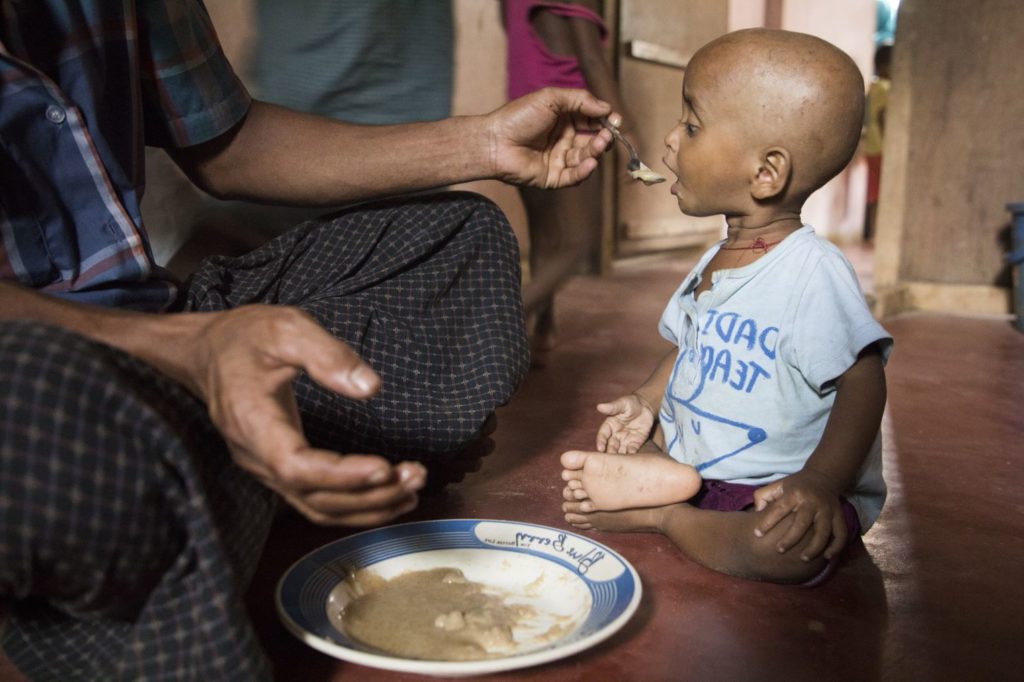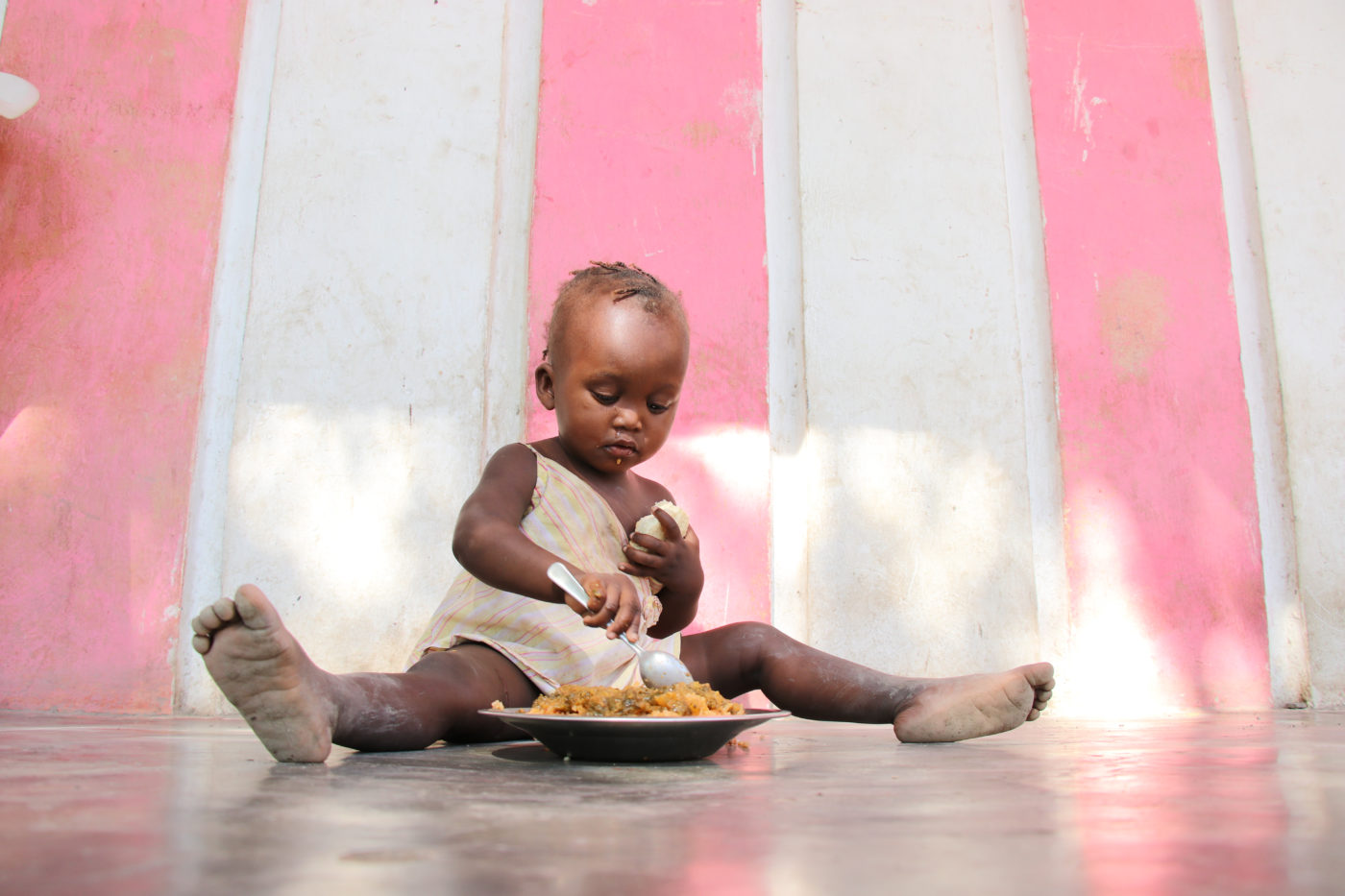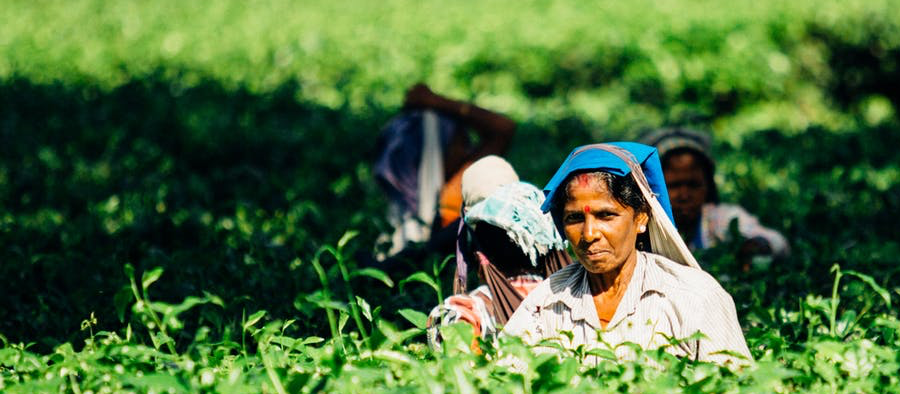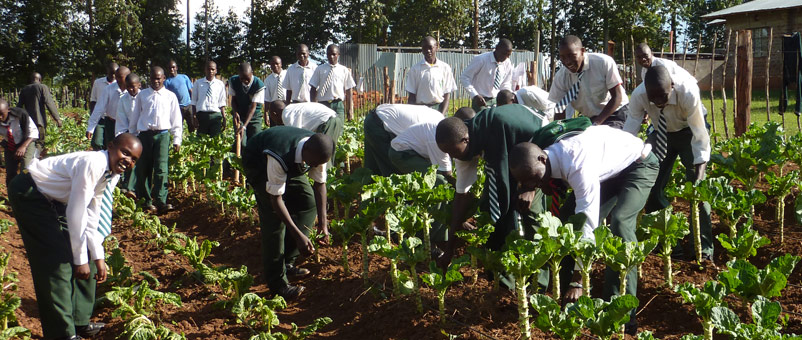Dr Chase Sova, Senior Director of Public Policy and Research at World Food Programme USADr Chase Sova explores the threats COVID-19 poses to global food systems worldwide and the measures needed to tackle them.
Before the COVID-19 pandemic struck, more than 800 million people worldwide were already facing chronic undernourishment, with more than 100 million in need of life-saving food assistance.
Every major outbreak in recent memory, including Ebola, SARS and MERS, has impacted food security – and COVID-19 is no different. Major united efforts are therefore essential to keep food systems running and to avert a food security crisis as well as a health one.
Immediate impacts on hunger and malnutrition
For countries already facing pervasive poverty and poor healthcare infrastructure, COVID-19 poses considerable risks. Although the virus has been slow to reach sub-Saharan Africa, for example, testing capacity in this region remains low. As of April 20, 2020, the number of confirmed cases in Africa has exceeded 15,000, but the true number is likely to be much higher than this.
Africa’s 1.2 billion population faces the highest percentage of undernourishment in the world, affecting more than a fifth of the population. COVID-19 has proven especially deadly for those who are elderly or whose health is already compromised – likely including people suffering from malnourishment.

Credit: WFP/Saikat Mojumder
The international community has emphasised the need for food and food-based safety nets to play a central role in the COVID-19 humanitarian response. Indeed, such systems are critical lifelines to help stem the negative impacts of COVID-19 – both nutritional and economic. For instance, the WFP has offered alternative support to parents of schoolchildren, to help them cover the cost of free school meals they were no longer able to receive.
However, with less than 20 percent of people in low-income countries having access to social protections of any kind, even fewer have access to such food-based safety nets. This could result not only in higher levels of malnutrition, but also the increased likelihood of social unrest as often occurs when food is unavailable or food prices too high.
To support the increased number of people likely to require support as a result of COVID-19, the WFP is aiming to modify and scale up its existing operations wherever possible, in order to ensure that food distributions and livelihood programmes safely reach those in need. This is especially important for vulnerable populations like the elderly or chronically ill, young children and newborn babies, and pregnant or nursing women.

Credit: WFP
Supply chain disruption
So far, COVID-19 has not shown a major direct impact on the supply or price of staple foods. During the SARS and MERS outbreaks in China, there was also minimal disruption to markets and prices locally, thanks to buffer stocks and other measures that ensured the continued flow of goods.
But this has not always been the case in regions like sub-Saharan Africa. For instance, the Ebola outbreak in 2014 led to dramatic increases in the prices of staple foods in the countries worst impacted in West Africa. Plus, the food price-spikes that occurred in 2007-8 showed how export restrictions, market speculation and panic behaviour can lead to dramatic increases in global food prices.
For millions of families in developing countries, more than half of their income is spent on food in normal circumstances. Countries that are heavily reliant on imported food to meet demand – including many in sub-Saharan Africa – therefore face disproportionate risk from supply chain failures, especially in the face of border crossing closures.
Disruptions including sickness and breakdowns in non-food supply chains, including fertilizer and other key inputs, can cause significant problems all along the agricultural value chain –leading farmers to leave their fields fallow, for example, or face delays in planting and harvesting. Ultimately, such interruptions and hold-ups are likely to impact developing country economies the most.
In the face of the COVID-19 pandemic, the WFP is continuing to oversee logistics for the entire UN and global humanitarian community, what is referred to as “common services”. This includes air bridges to move humanitarian workers and supplies and the construction of procurement and distribution hubs places strategically around the world.
WFP is also working to pre-position three months’ worth of food in communities identified as “at-risk”, to ensure that food will be available if trade is restricted, movement halted or if social unrest emerges.

Credit: WFP
Lasting implications for food security
Along with disruption to food systems in the near term, COVID-19 could cause the global economy to fall into recession – further exacerbating extreme poverty and hunger over time. Indeed, as shown in the latest State of Food Security and Nutrition in the World (SOFI) report, economic decline, poverty and food insecurity often accompany one another.
Global food security programmes could face additional risks if humanitarian and development resources are diverted in order to tackle COVID-19 or if domestic spending in donor countries weaken the appetite for foreign aid. As organisations continue to be stretched by this global crisis, we must work together to share resources and expertise, and ensure that vital support still reaches those most at need.
A version of this blog originally appeared on the WFP USA website.



